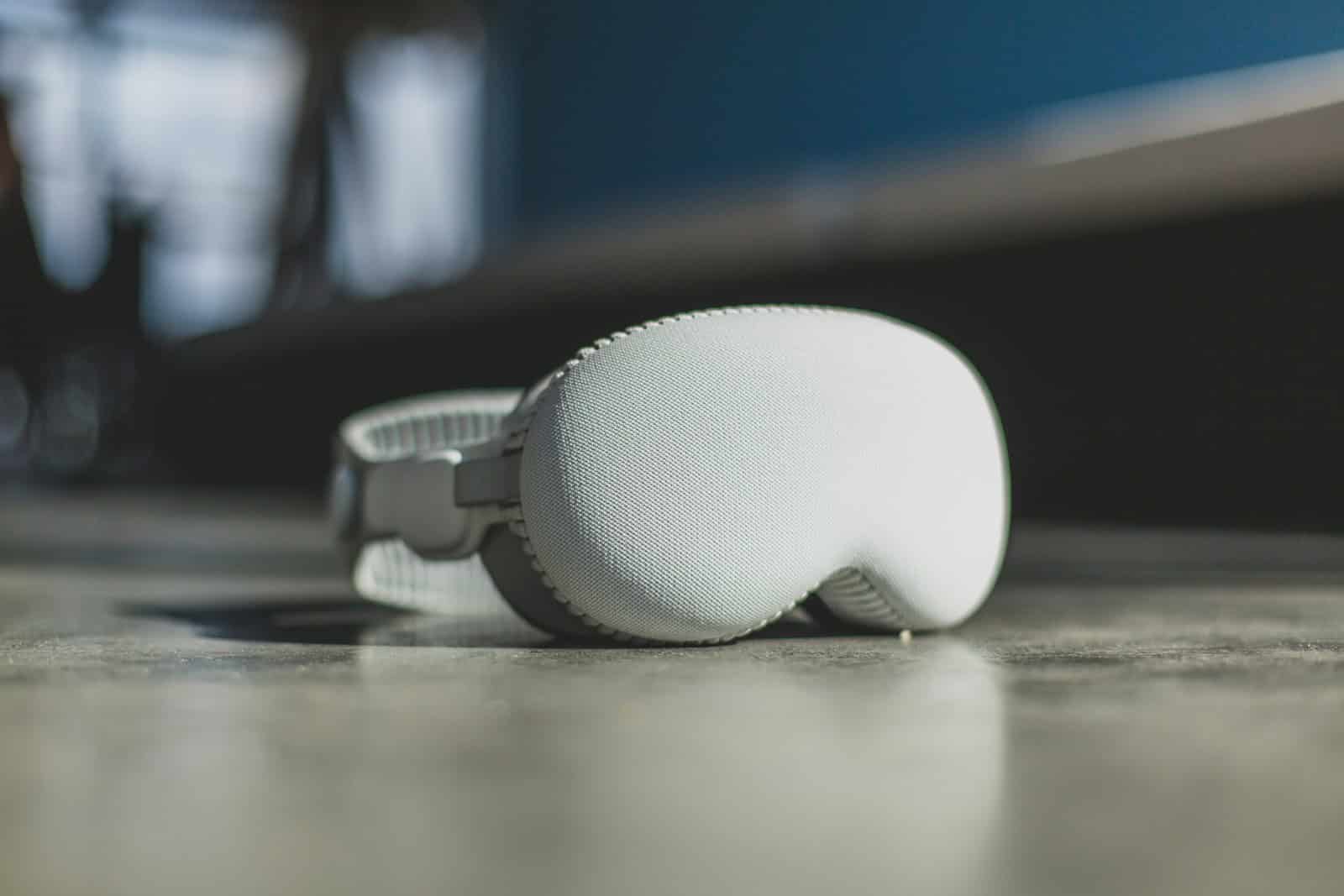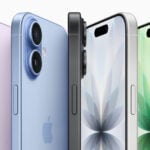According to insiders, Apple is working on a more affordable version of its Vision Pro headset. The timing of this news makes sense following Meta’s release of an entry-level version of their Quest 3 series (the 3s). The new model, likely to be called the Vision 2 or possibly even the Vision Pro 2 aims to make augmented reality technology accessible to a wider audience and is expected to be available by the end of 2025.
Instead of focusing on developing a high-end sequel to the original Vision Pro, Apple’s team is now dedicated to creating a more budget-friendly option. This shift aligns with Apple’s goal of expanding its reach in the AR market. While the cheaper Vision Pro is expected to maintain the high-resolution displays of its predecessor, some features may be removed to reduce costs. Apple’s objective is to preserve the core experience while making the device more affordable for consumers.
Apple’s Ambitious Vision: A More Affordable Headset
Apple’s Dual Approach to Vision Pro
Apple is taking a two-pronged approach to the future of its Vision Pro headset. On one hand, they are refining the current Vision Pro with a more powerful M5 chip, potentially leading to an enhanced user experience. On the other hand, they are developing a more affordable version, tentatively called Vision 2, aiming for a late 2025 release.
The Price Hurdle
The original Vision Pro’s hefty price tag of $3,499 has been a major obstacle for many potential buyers. Apple is looking to address this with Vision 2 (or Vision Pro 2), which is expected to be significantly cheaper. There hasn’t been much guidance on what price range Apple is targetting but most expect it to be $999 or less.
Cost-Cutting Measures
To achieve a lower price point, Apple may implement several cost-cutting measures in Vision 2. These could include:
- Reducing the number of cameras
- Simplifying the headband design
- Using a less powerful processor, possibly an A-series chip similar to those found in iPhones
- Potentially removing the EyeSight external display
Potential Release Timeline
While no official release date has been announced, rumors suggest that the refreshed Vision Pro with the M5 chip and the more affordable Vision 2 could both enter mass production in the second half of 2025.
Comparing Vision Pro Models
| Feature | Vision Pro (Current) | Vision Pro (Refreshed) | Vision 2 (Rumored) |
|---|---|---|---|
| Processor | M2 | M5 (Expected) | A-series chip (Rumored) |
| Cameras | 12 | 12 (Expected) | Fewer than 12 (Rumored) |
| Headband | Complex design | Complex design (Expected) | Simplified design (Rumored) |
| EyeSight Display | Yes | Yes (Expected) | Possibly removed (Rumored) |
| Price | $3,499 | Likely similar to current model | Significantly lower than current model (Rumored) |
| Release Date | Available now | Late 2025 (Rumored) | Late 2025 (Rumored) |
Expanding the Market
Apple’s push for a more affordable Vision Pro headset reflects their desire to make spatial computing technology more accessible to a broader audience. By offering a lower-priced option, they could significantly increase the adoption of this innovative technology and pave the way for a future where spatial computing is commonplace.
Key Takeaways
- Apple is developing a lower-cost Vision Pro headset for release by late 2025
- The new model will keep high-res displays but remove some features to cut costs
- This shift in focus aims to make AR technology more accessible to consumers
Overview of Apple’s Vision Pro Development
Apple aims to broaden its AR/VR offerings with a more affordable headset. The tech giant focuses on balancing cost and features to appeal to a wider market.
Market Context and Competitive Landscape
The AR/VR market is growing fast. Meta Quest leads in sales with lower-priced options. Apple’s Vision Pro costs $3,500 which limits its reach. Other companies offer cheaper headsets too. This puts pressure on Apple to create a more affordable device. The high-end Vision Pro shows Apple’s tech skills. But a cheaper model could help them gain market share.
Apple’s Strategy for an Affordable Version
Apple plans to make a less expensive Vision headset. They may cut some features from the pricier model. The new version might have a slower processor. It could also use simpler displays. Apple might keep some key features like hand tracking. They want to balance cost and function. The goal is to attract more buyers while keeping the Apple quality. This strategy could lead to multiple Vision headset models in the future.
Frequently Asked Questions
Apple’s Vision Pro headset sparks curiosity among tech enthusiasts. People want to know about its features, pricing, and future plans.
What is the expected battery life of the Apple Vision Pro headset?
Apple has not shared official battery life details for the Vision Pro. The headset uses an external battery pack. This design choice may allow for longer use times compared to built-in batteries.
How does the new Vision Pro headset compare to previous Apple VR headsets?
The Vision Pro is Apple’s first mixed reality headset. It’s not a direct upgrade to any previous Apple product. The device aims to blend digital content with the real world in new ways.
Will there be a more affordable version of the Vision Pro headset offered by Apple?
Apple is looking into using lower-resolution displays for a cheaper Vision Pro model. This move could make the technology more accessible to a wider range of users. No official announcements have been made yet about pricing or release dates.
What compatibility can be anticipated with other devices for the Apple Vision Pro headset?
The Vision Pro runs on visionOS, based on macOS, iOS, and iPadOS. This shared foundation suggests good compatibility with other Apple devices. Users may expect smooth integration with iPhones, iPads, and Macs.
Has Apple made any announcements regarding the discontinuation of the Vision Pro headset project?
Apple has not announced any plans to stop the Vision Pro project. The company seems committed to developing and improving this new product category. They continue to work on both the current model and potential future versions.
What features might differentiate the Vision Pro headset from its market competitors?
The Vision Pro offers unique features like eye and hand tracking for control. It also functions as a 3D camera, letting users capture spatial videos and photos. The headset’s high-resolution displays and powerful chip set it apart from many existing VR and AR devices.







